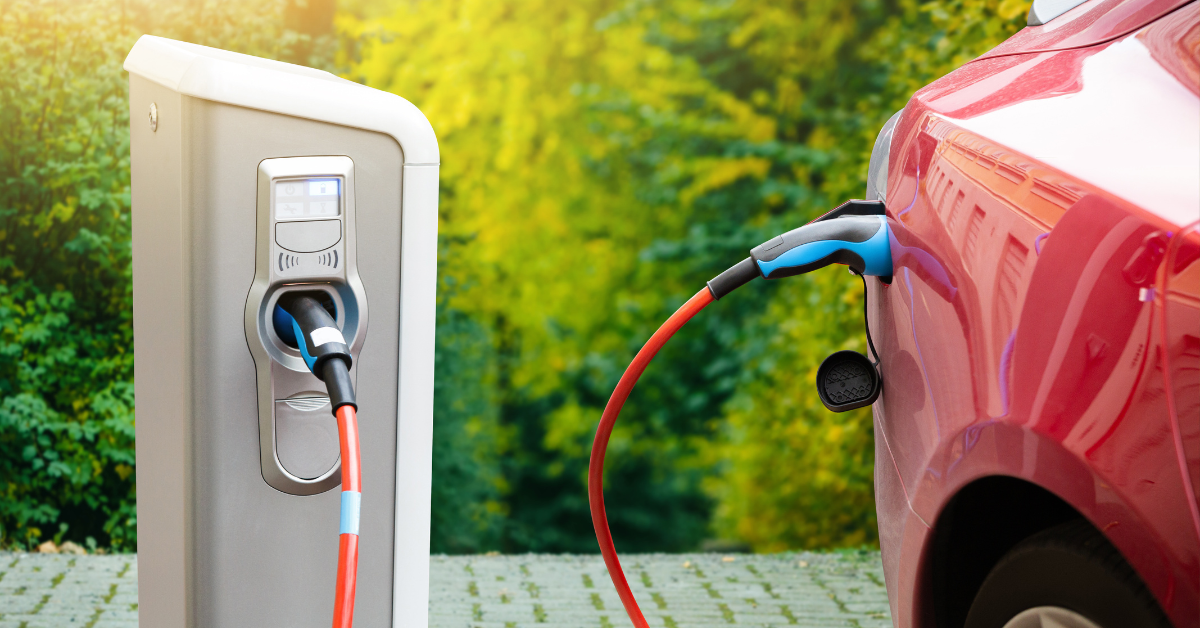In 2023, the electric vehicle (EV) revolution is no longer a whisper of the future but an undeniable buzz in urban landscapes worldwide. As cities strive to reduce their carbon footprints, fast-charging hubs have emerged as a game-changer in the realm of sustainable transportation. According to Bloomberg Green, the number of fast-charging stations globally has increased by 50% over the past year, underscoring their pivotal role in encouraging urban EV adoption. This article will explore how these hubs are transforming cities, the technology behind them, and provide practical advice for EV owners and potential buyers.
The Rise of Fast-Charging Hubs
Why Fast-Charging Hubs Are Essential
Fast-charging hubs, strategically located in urban areas, have become essential for the proliferation of electric vehicles. Unlike traditional charging stations that can take hours to recharge a vehicle, these hubs can power up an EV in as little as 20 minutes. This rapid advancement is crucial for city dwellers who lack the luxury of home charging setups.
- Increased Convenience: Fast-charging hubs eliminate “range anxiety,” a common concern among potential EV buyers. They offer the assurance that a quick recharge is always nearby.
- Enhanced Urban Mobility: With cities like London and Los Angeles investing heavily in charging infrastructure, fast-charging hubs support the growing fleet of electric taxis and delivery vehicles, reducing urban pollution.
- Economic Impact: According to Reuters Mobility, the investment in fast-charging infrastructure is expected to generate over 10,000 jobs in the U.S. alone by 2025.
Technology Behind Fast Charging
The Science of Speed
Understanding the technology behind fast-charging hubs helps appreciate their impact:
- High-Power Chargers: These stations typically use DC fast chargers, capable of delivering up to 350 kW of power, compared to the 7-22 kW of standard chargers.
- Advanced Battery Technology: New battery technologies, such as solid-state batteries, are being developed to handle rapid charging without degrading battery life.
- Smart Grid Integration: Fast-charging hubs are increasingly integrated with smart grids, allowing for efficient energy distribution and reduced grid impact during peak times.
Leading Brands and Innovations
Tesla, with its Supercharger network, has been a pioneer in this space, continuously expanding its reach. Meanwhile, companies like Rivian and Volkswagen are innovating with new charging solutions. Rivian’s Adventure Network focuses on remote locations, whereas Volkswagen’s Electrify America is building urban-centric charging stations.
Practical Value for EV Owners
How to Make the Most of Fast-Charging Hubs
For current and potential EV owners, understanding how to utilize fast-charging hubs effectively is key:
- Locate Nearby Hubs: Use apps like PlugShare and ChargePoint to find fast-charging stations near you.
- Plan Your Route: When taking longer trips, ensure your route includes stops at fast-charging hubs to avoid delays.
- Membership Plans: Many charging networks offer subscription plans that can save you money on frequent charges.
Where to Buy and Compare
When considering an EV purchase, comparing charging capabilities is crucial:
- Tesla Model 3: Offers access to the extensive Supercharger network, capable of adding up to 175 miles of range in 15 minutes.
- Ford Mustang Mach-E: Compatible with the Electrify America network, providing over 150 miles in 10 minutes.
- Hyundai Ioniq 5: Supports 800V charging, allowing for incredibly fast charges at compatible stations.
Conclusion
The rapid expansion of fast-charging hubs is not just a technological advancement but a societal shift towards a cleaner, more sustainable future. These hubs are making city life easier for EV owners, enhancing the appeal of electric vehicles, and contributing significantly to the reduction of urban pollution. As we look to the future, it is clear that fast-charging technology will continue to evolve, potentially integrating renewable energy sources and offering even faster charging solutions.
Are you ready to embrace the electric revolution? Share your thoughts in the comments below. With the momentum of fast-charging hubs, the future of urban mobility looks not just green, but electric.
By understanding the transformative power of fast-charging hubs, cities worldwide are leading the charge towards a more sustainable future, offering significant benefits for both people and the planet.

